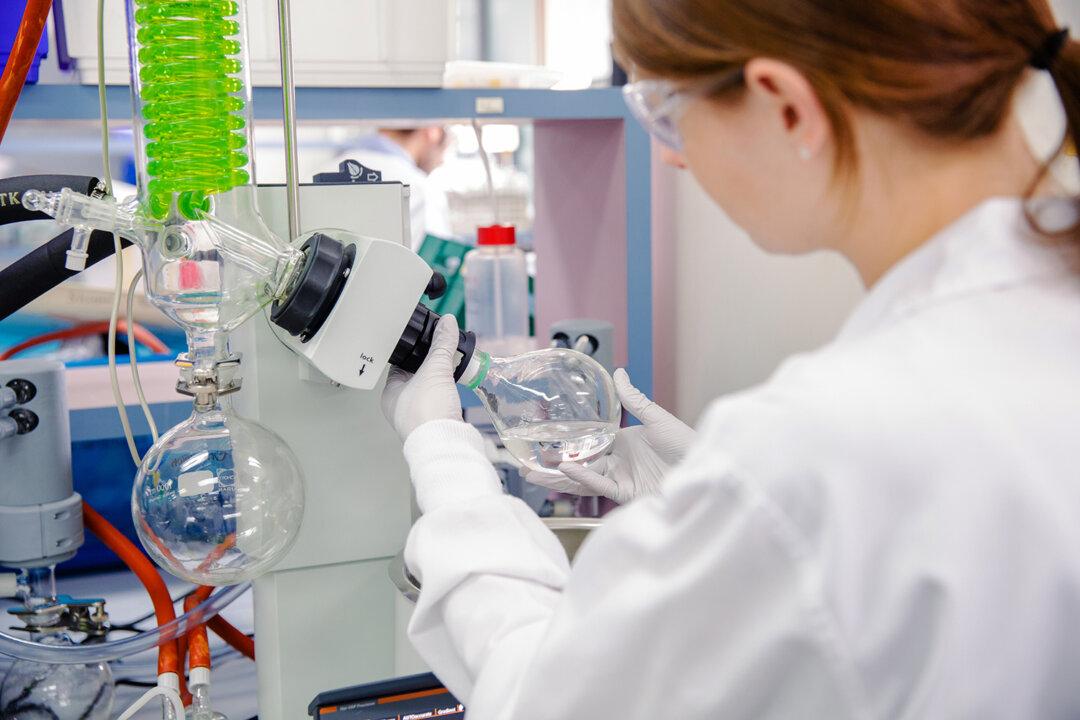Australian scientists have discovered that sewage can be used as an early warning system in efforts to contain the spread of the CCP virus in the community.
After wading through Australia’s sewage system, two independent research teams have reported finding in wastewater the presence of the CCP (Chinese Communist Party) virus, commonly known as novel coronavirus.





